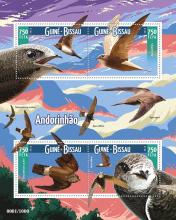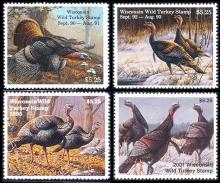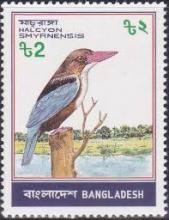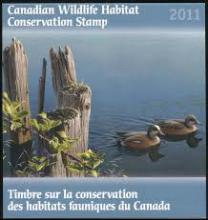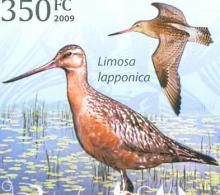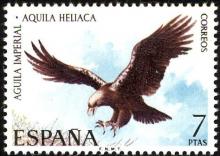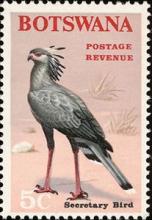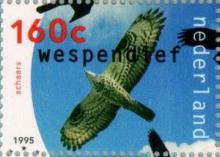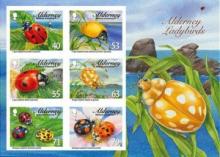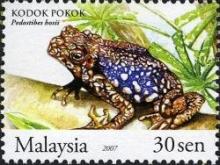The British population of swifts was halved in just 20 years
It is the most miraculous bird, the ultimate winged messenger, exploring our globe, spending its life on the breeze. Sickle-shaped wings silhouetted against the sky, the swift (Apus apus) is the fastest of all birds in level flight and remains entirely airborne for 10 months, or more, feeding, sleeping and mating on the wing. These long-lived creatures can clock up 4 million miles, commuting between English summers and African winters.But this bird is in freefall.

